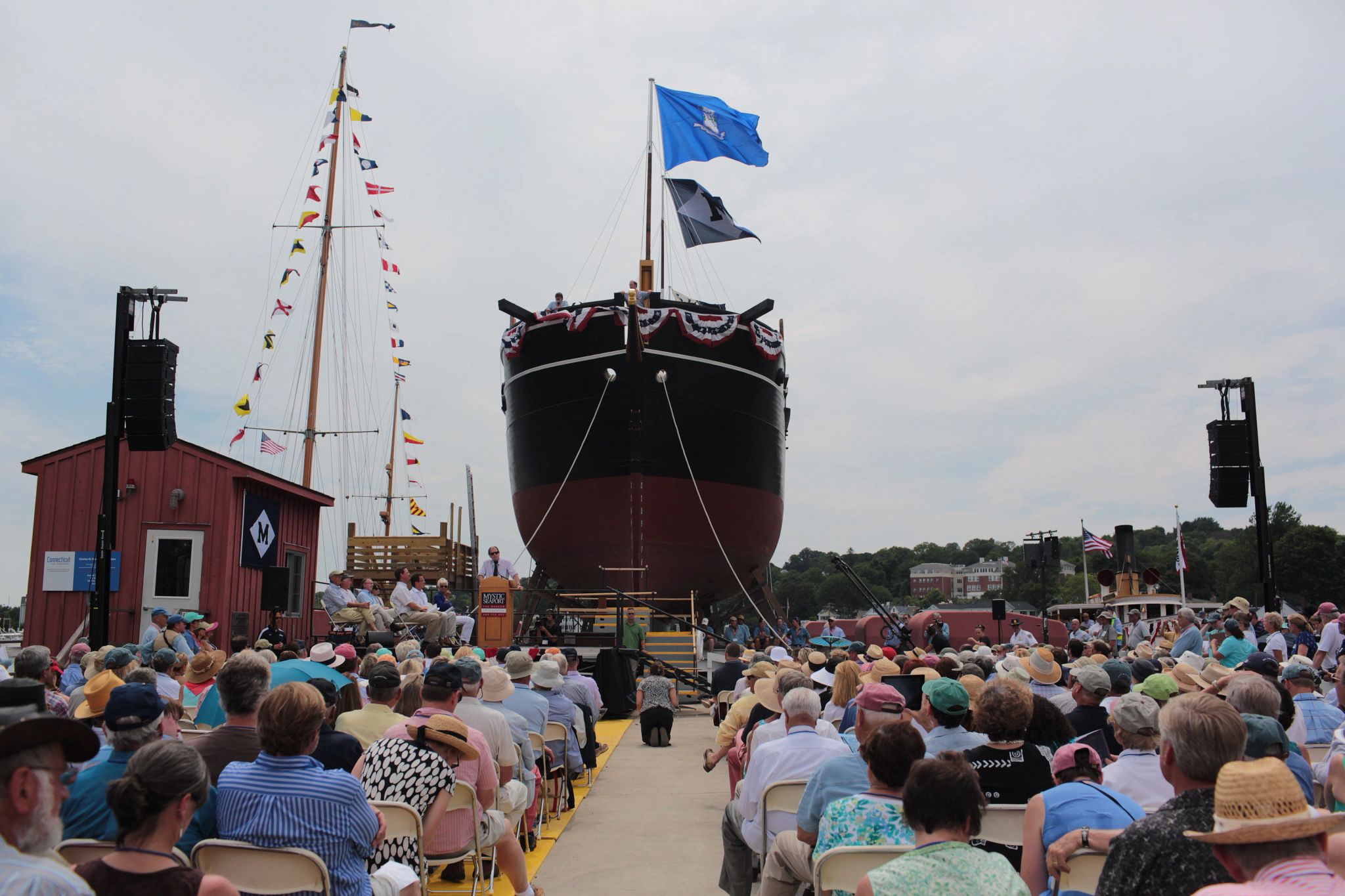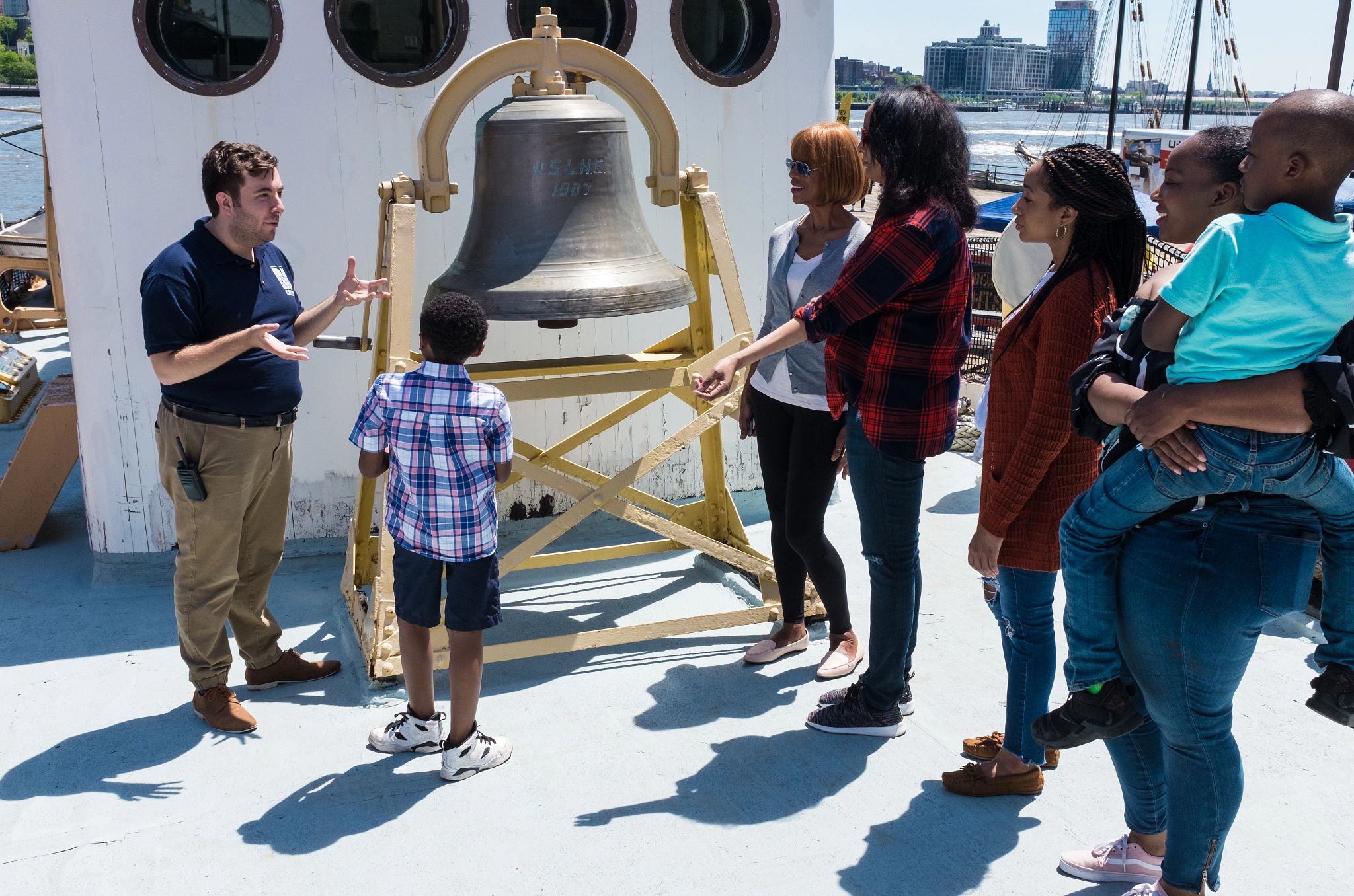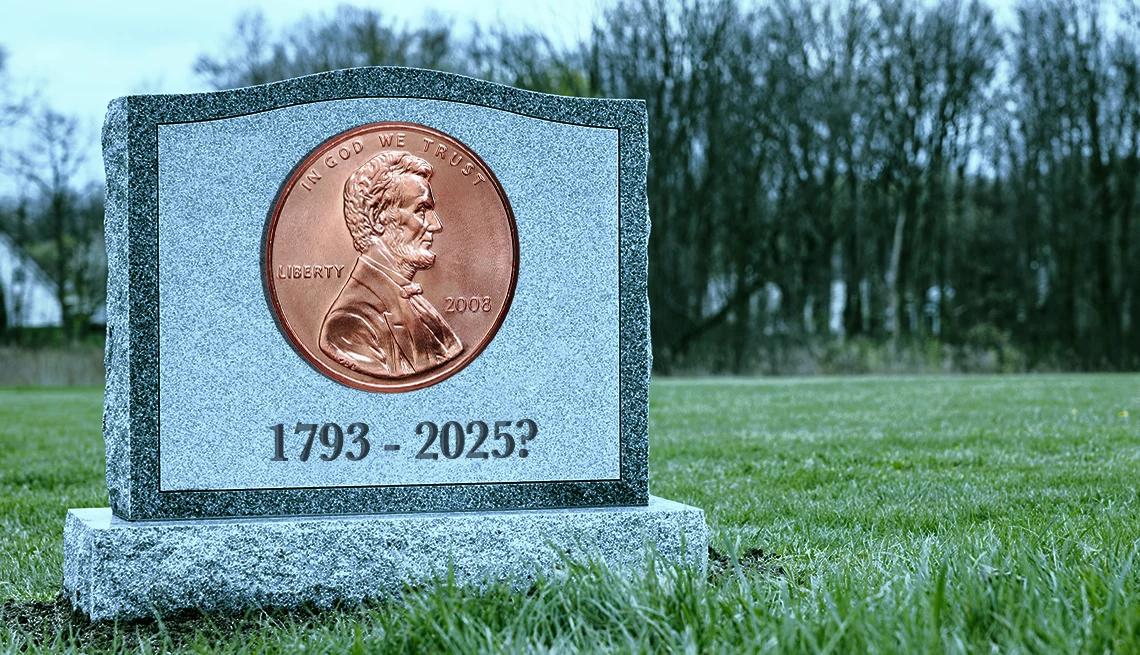AARP Hearing Center
Maritime history is as old as millennia, and it can be experienced today at maritime museums across the country.
These museums contain significant boats, ships and other nautical vessels and host educational or engaging programming linking the past to the present day. As the American Alliance of Museums notes, the majority of frequent museumgoers to art museums, history organizations and botanical gardens are older than 60. These marine museums teach about the significance of our rivers, harbors and oceans and provide places of remembrance for our personal connections to the water or military service.
Explore these five maritime museums in the U.S. that are intertwined with regional maritime history. Fascinating exhibitions and excursions on board period sailboats and vessels highlight enriching backstories.


Mystic Seaport Museum, Connecticut
This museum along the Mystic River holds a fleet of more than 500 historic vessels, including the Charles W. Morgan, a former whaling ship and now the oldest commercial ship still afloat.
“There’s a wide range of opportunities to get out on the water and enjoy the expanse of our museum,” says Margaret Milnes, vice president of visitor journey.
At the Historic Seaport Village, interpreters demonstrate skills from the trades of the day, such as creating wooden barrels in a cooperage or working in a print shop. Maritime preservation is maintained at the Henry B. du Pont Preservation Shipyard. Temporary and permanent exhibits dive into ocean exploration, water recreation and maritime innovation.
Pick up new skills through the museum’s SeaClass courses, book a sailing on the wooden steamboat Sabino or the Mystic Seaport Express, or pay an online advance reservation to dock your own vessel in the marina. Admission: $35 for general admission; $33 for adults 65-plus. Buy online for a $2 discount.
Events: A wooden boat show in June; ongoing adult beginning sailing classes.


South Street Seaport Museum, New York
This museum within the Seaport neighborhood in lower Manhattan delves into NYC’s maritime history and chronology from a Dutch trading settlement and a major commercial port to its revitalization as a tourism destination.
“The reality is that maritime has for many centuries been the arterial connection between nations, and, until the advent of air travel, people got places by ship,” says Capt. Jonathan Boulware, president and CEO of the museum. “We tell that story from the vantage point of the beginnings of New York.”Among its fleet of vessels, the Pioneer, an 1885 schooner, and the 1930 tugboat W.O. Decker offer seasonal sailings along New York Harbor.







































































